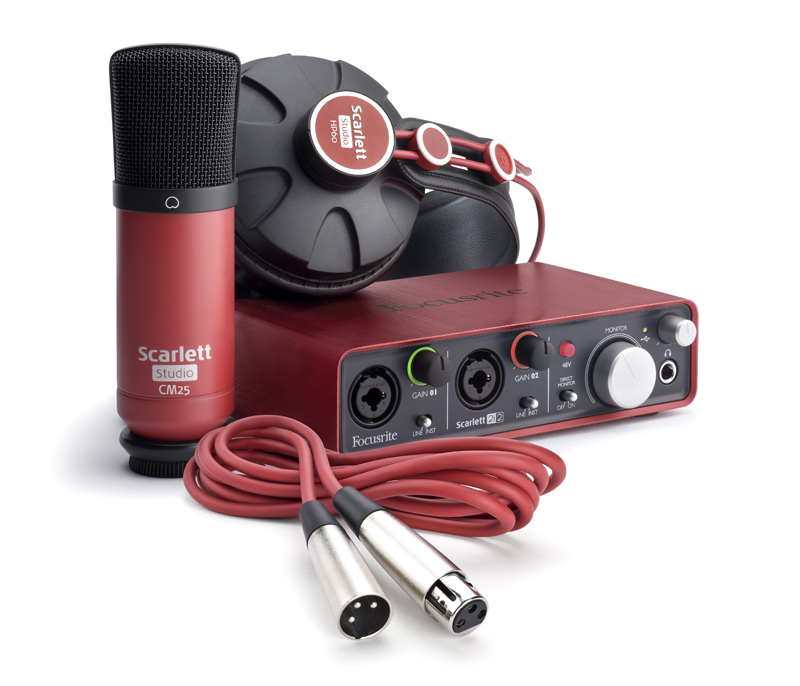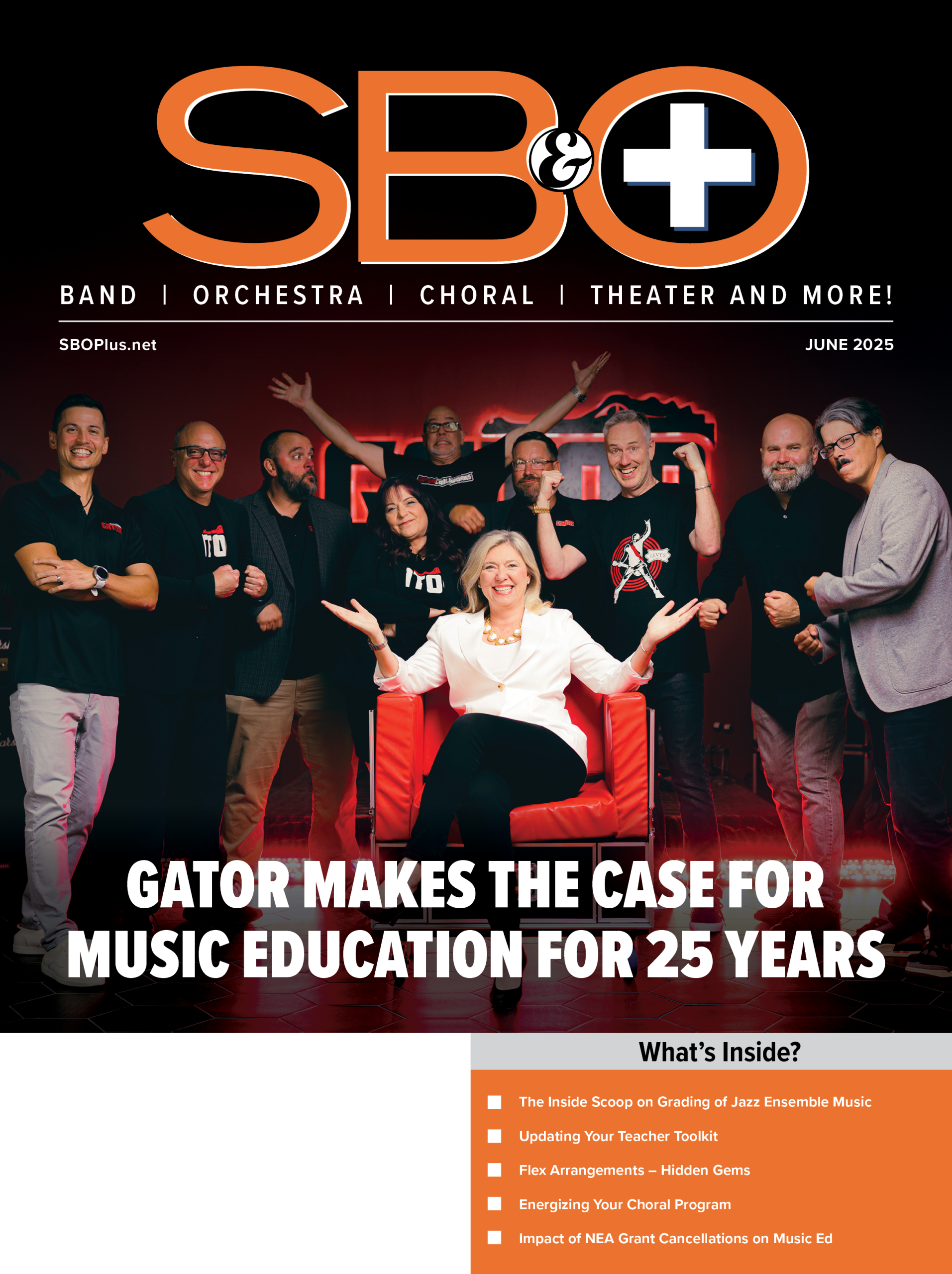Tools and instruments to facilitate music-making for students with disabilities

If we look at performance on traditional acoustic instruments, the performer affects changes in pitch, volume, articulation, and timbre by direct manipulation of the physical attributes of the instrument (including things like embouchure and voice in this, too). This all requires relatively good coordination and similar physical attributes to develop even limited skills. Maybe with the use of electronic-based instruments, the performer can overcome the need for this direct manipulation with a level of interaction spanning a range of movements, gestures, or cognitive abilities.
This class of instruments can be referred to singularly as Virtual Musical Instruments (VMI) and provides novel ways to manipulate sound in real time, a key component in musical performance. These technologies are changing at a more rapid rate than in the past as computing power has grown exponentially, devices have shrunk in size, and the financial cost continues to decline. Here is some technology that is allowing access to music and music-making for all.
Gesture-Sensing Sound Generators
Certainly not in the “new” category but maybe overlooked because of its perceived “niche” status, the theremin has been in existence since the 1920s and has been found everywhere from concert halls to recording and film studios. Performers such as Clara Rockmore helped make the theremin a serious concert instrument while all sorts of alternative and experimental rock bands have made use of its iconic sound. And what would the alien space ship in countless B movies of the 1950s sound like without the theremin? This deceptively simple instrument requires no direct physical manipulation by the performer as pitch and volume are controlled only by the proximity of the player’s hands to two metal rods. From the vertical rod, pitch rises the closer your hand gets, while volume decreases as your hand gets closer to the horizontal rod. Certainly simple in concept, but the instrument is a real challenge to master as the pitches it produces are the full frequency spectrum: no semi-tones, quarter-tones or anything like a set tonality. Moog Music (moogmusic.com) sells a unit for $399 although you can find DIY kits for less. There are also theremins that have MIDI implementation built in. There are many apps available for mobile devices like the iPad or Android tablets that recreate the theremin experience.
A more modern approach to hands-free performance is a device called the Soundbeam (soundbeam.co.uk). This instrument uses two types of gestures to trigger and send MIDI data to its on-board synthesizer or any external MIDI hardware device or software. The primary and most novel approach is an ultrasound detector (SONAR) that can be programmed to detect proximity of any object. This can be limited to hand gestures or full body motions and, since the ranges of the sensor’s distance readings are finely adjustable, both small and large motions can be detected, making it ideal for those with limited motion. The other gesture sensor is a more conventional trigger pad that takes very little motion or force to engage. What makes the Soundbeam such a potentially useful instrument for special needs students is its built-in MIDI processor that can be programmed to create a fixed tonality (for example: major, minor, or pentatonic), trigger multiple pitches at once, or start and stop a pre-planned or recorded sequence. The newest version of the Soundbeam has the ability to connect up to four ultrasound sensors and eight switches (with a wireless option). Each sensor or trigger can be individually configured to allow simultaneous performance by multiple performers.
The Soundbeam also includes a built-in sampler (to record and trigger live audio), on-board synthesizer, effects, and an amplifier, which eliminates the need for any external connections other than the sensors and speakers. The unit also has a recorder to capture student performances and SD card slot for memory expansion. The unit comes with many preset performance set-ups giving you “out of the box” plug and play. A Soundbeam package (soundtree.com) sells for just under $5,000.

Touch-Controlled Devices

Air-Controlled Devices

David Whalen, an early collaborator on the Magic Flute, has also developed a similar instrument called the Jamboxx (www.jamboxx.com). This instrument resembles a harmonica in shape and is played much the same way by blowing and sucking air into it via a small straw-like mouthpiece. But without any holes to focus your breath into, like the Magic Flute, pitch changes are accomplished on the Jamboxx by moving the “straw” left or right. Instead of using a stand-alone control box, the Jamboxx relies on a direct USB connection to a personal computer (MacOS or Windows) and software to perform the processing functions like setting a fixed tonality or playing chords. While having an initial limited first production run, the company says it is working on a less expensive mass produced instrument that is estimated to cost about $450. The Jamboxx is also a cursor moving device and Mr. Whalen uses his invention to create beautiful visual art as well. Check it out at www.itodaynews.com/october2010/25-AH-Jambox.htm.
As you can see, there are a number of worthwhile options available to music teachers when trying to include special needs students in music-making activities. Some are ready to go “out of the box,” while others require a bit more configuration and have a steeper learning curve. None have any huge obstacles to overcome, especially considering the obstacles already faced by the students who could benefit from these technologies. Hopefully the technologies highlighted will spur you on to learn more about this ever-expanding field. While it may take some time to find the right tool for each student’s unique needs, it will be extremely satisfying when the right one facilitates music for all.
Dr. Marc Jacoby is an associate professor of Music at West Chester University of Pennsylvania, where he serves as Jazz Studies coordinator and teaches in the Applied Music and Music Education programs. Dr. Jacoby is the co-creator and contributor to TheMusicInteractive.com, a website that distributes music games and activities designed for interactive whiteboards. In addition to his own titles, Jacoby has developed educational multimedia including games for Yamaha/PlayinTime Productions, Mark Wessels Publications, and CD-ROM’s for Row-Loff Productions. Dr. Jacoby is a certified Apple Pro Apps trainer, an artist/clinician for the Yamaha Corporation and Vic Firth, Inc., a Sibelius Ambassador, and is on the Educational Advisory Committee for Latin Percussion, Inc.




















